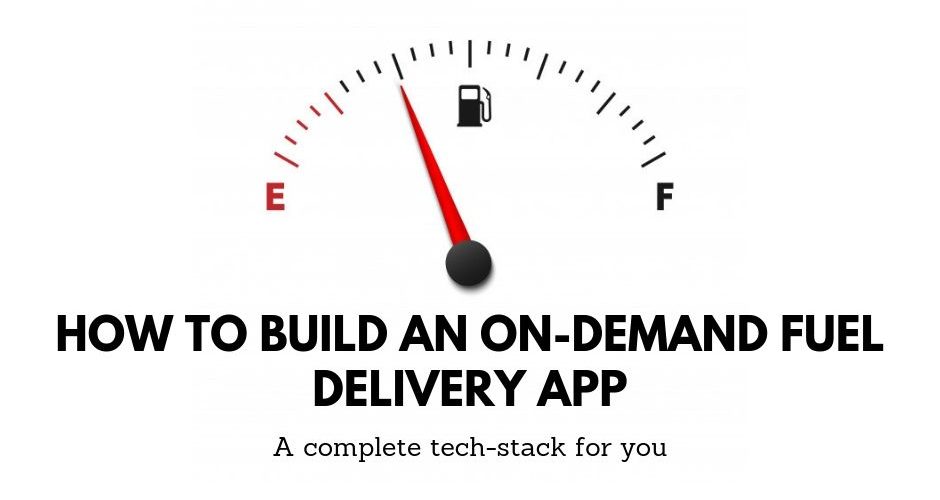
- Products
- Solutions
- Learn
- Partner
- Try Now
India’s first ever fuel-delivery startup-MyPetrolPump has secured $1.6 Million in funding from Y Combinator marking the setting grounds for on-demand fuel delivery business. Sprouting under the Startup India Policy, MyPetrolPump charges Rs 99 to deliver 100 Litres of diesel in a single delivery.
The landscape is such that big Indian enterprises like Reliance Industries are also planning on launching fuel delivery services in the country. To set-up an on-demand fuel delivery business, you will majorly require a customer app, a delivery agent app, a strong back-end to track these and efficient route optimisation to manage these deliveries.
Read more about a sure-shot solution here!
But before diving deeper into this ongoing scalable opportunity, let’s first understand what an on-demand fuel delivery app is.
WHAT IS AN ON-DEMAND FUEL DELIVERY APP?
The launch of Swiggy was not just a massive leap for food delivery industry but for all the others. Uber too was a giant advent in the same sphere. On-demand fuel delivery is a replicated model of the same, more like Uber for fuel delivery.
It is as basic as booking a cab. The user will Install the app – Register – Make a fuel delivery request for their location and that’s it.
Upon fuel delivery, the user makes the payment and the task is completed.
CURRENT MARKET LEADERS:
Booster Fuels : California
My Petrol Pump : Bangalore
Filld : DC and Bay Area
HOW TO BUILD AN ON-DEMAND FUEL DELIVERY BUSINESS?

Before projecting it as an on-demand fuel delivery business, you need to build a fuel delivery app.
Step 1: Build a fleet:
Once you’ve decided to build an app, the first step is to build a fleet. Follow the compliances and be double sure of your country’s rules and regulations around a business like that. Build a system therefore, a system that is compatible with mandatory protocols. Some app development companies offer excellent support to walk this walk with you.
You can also create a comprehensive set of services like Petrol, Gas and Diesel delivery- thus offering a better suite of products.
Step 2: Build an IT Infrastructure:
After obtaining all compliances and certificates build a strong IT infrastructurethat supports your fuel-delivery business. The IT infrastructure includes building a processing facility and feedback and complaint response system. Arrange the resources and tools required for the same.Incorporate a GPS tracking systemto keep complete check on the flows and supply chain. A device like Tookan Tracker not only prevents fuel frauds but also ensures complete safety.
A solid infrastructure will digitise all communication systems and generate analytics and reports that support business decisions.
Get the full-stack of all these tech resources here.
Why reports and analytics?
Robust reports and analytics here serve a dual role. The product in question here requires extreme safety to handle, since fuel is highly inflammable. You can assess various controls therefore like delivery times, temperature and pressures
Beyond that, you can have completely control on managing inventory and supply. The data thus supports sound decision making.
Building the software:
Bringing together all the tech isn’t as difficult as it may seem. A robust backendwill guarantee swift functionality and determine how your app will interact with the users first hand.
Get yourself an on-demand fuel delivery business with Jungleworks today!
If you enjoyed reading this, we’re sure you will also love checking out what we have in store on our Youtube channel. You can also head to our home page for more info!
Subscribe to stay ahead with the latest updates and entrepreneurial insights!

Subscribe to our newsletter
Get access to the latest industry & product insights.





















